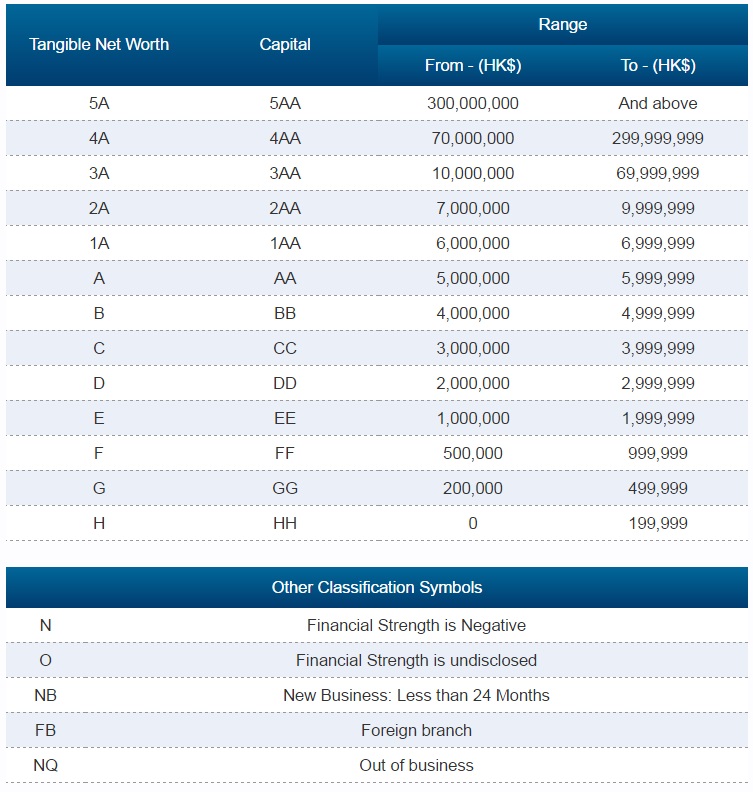
Economic Strength Assessment: Gauging Resilience and Prosperity

Gauging Resilience and Prosperity: Unveiling Economic Strength Assessment
Economic strength assessment plays a pivotal role in understanding the robustness and potential for growth within a nation’s economy. This article explores the significance of economic strength assessment, the key indicators involved, and how it contributes to shaping informed economic policies and strategies.
Understanding Economic Strength Assessment
Economic strength assessment involves evaluating a range of factors to determine the overall health and resilience of an economy. It goes beyond simplistic measures like GDP and delves into various indicators to provide a comprehensive view. This assessment aids policymakers, investors, and analysts in making informed decisions about resource allocation, investment strategies, and policy interventions.
Key Indicators in Economic Strength Assessment
Several key indicators contribute to the assessment of economic strength. These include GDP growth, employment rates, inflation, trade balances, and fiscal policies. Additionally, factors like technological advancement, infrastructure development, and the stability of financial institutions are crucial in determining the overall strength of an economy. The amalgamation of these indicators offers a nuanced understanding of economic vitality.
GDP Growth as a Fundamental Metric
Gross Domestic Product (GDP) growth is often considered a fundamental metric in economic strength assessment. It measures the total value of goods and services produced within a country. A sustained and positive GDP growth rate indicates a healthy and expanding economy, while negative growth may signal economic challenges.
Employment Rates and Labor Market Dynamics
Assessing economic strength involves a thorough examination of employment rates and labor market dynamics. A robust economy should not only generate jobs but also offer employment opportunities that align with the skills and aspirations of the workforce. Low unemployment rates and job market resilience are indicative of economic strength.
Inflation and Price Stability
Inflation, the rate at which the general level of prices for goods and services rises, is a critical factor in economic strength assessment. Moderate and stable inflation rates contribute to price predictability and overall economic stability. Excessive inflation can erode purchasing power and create uncertainties in the business environment.
Trade Balances and Global Competitiveness
Evaluating trade balances and a nation’s competitiveness in the global market is integral to economic strength assessment. A positive trade balance, where exports exceed imports, indicates economic strength and global competitiveness. It reflects the ability to produce goods and services that are in demand internationally.
Fiscal Policies and Government Debt Levels
The effectiveness of fiscal policies and the levels of government debt are essential considerations. Prudent fiscal policies that balance spending, taxation, and debt management contribute to economic stability. High levels of government debt, if unsustainable, may pose challenges to long-term economic strength.
Technological Advancement and Innovation
In the contemporary landscape, technological advancement and innovation are key indicators of economic strength. Nations that invest in research and development, foster innovation hubs, and embrace technological progress position themselves for sustained economic growth. These factors contribute to increased productivity and competitiveness.
Infrastructure Development for Long-Term Resilience
A robust infrastructure is a cornerstone of economic strength. Investment in transportation, communication, and energy infrastructure not only enhances immediate economic activities but also lays the foundation for long-term resilience. Well-developed infrastructure attracts investments and supports the growth of various industries.
Stability of Financial Institutions and Monetary Policies
The stability of financial institutions and sound monetary policies are critical components of economic strength assessment. A well-regulated financial sector and effective monetary policies contribute to economic stability, secure financial transactions, and foster confidence among investors and the public.
Economic Strength Assessment: Navigating the Future at Careerth.com
For real-time insights into economic strength assessment and its implications for global economic trends, visit Careerth.com. This platform provides valuable resources to stay informed and navigate the complexities of economic assessments, offering guidance for individuals and businesses aiming to thrive in economically resilient environments.
In conclusion, economic strength assessment is a dynamic and multifaceted process that goes beyond surface-level indicators. By comprehensively evaluating a spectrum of economic factors, policymakers and stakeholders can make informed decisions, fostering resilience, and steering economies toward sustained prosperity.
